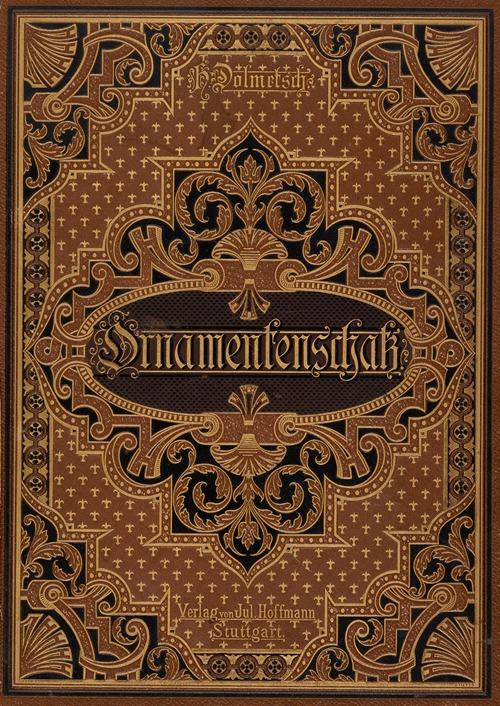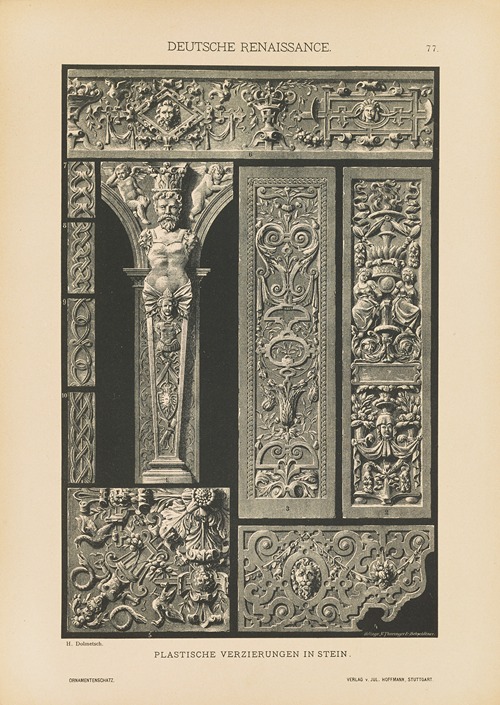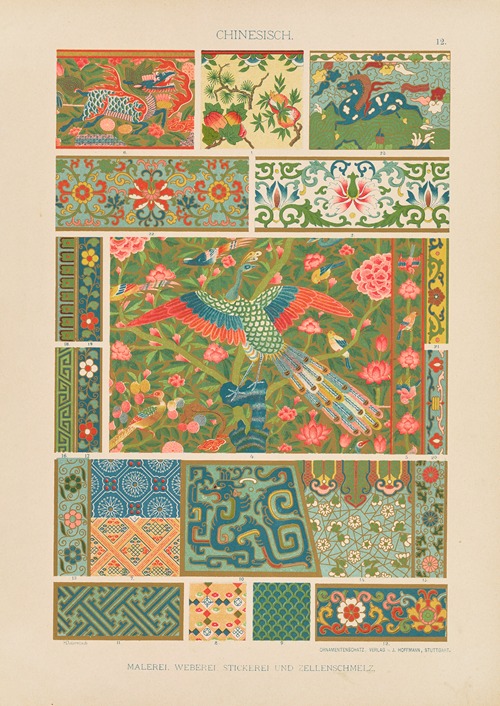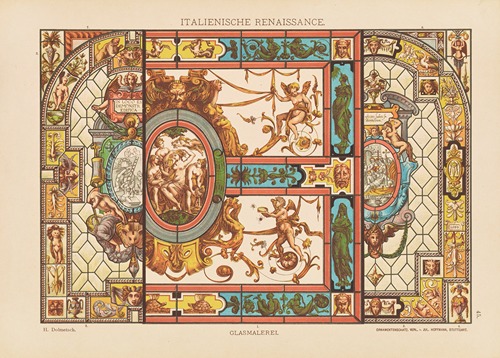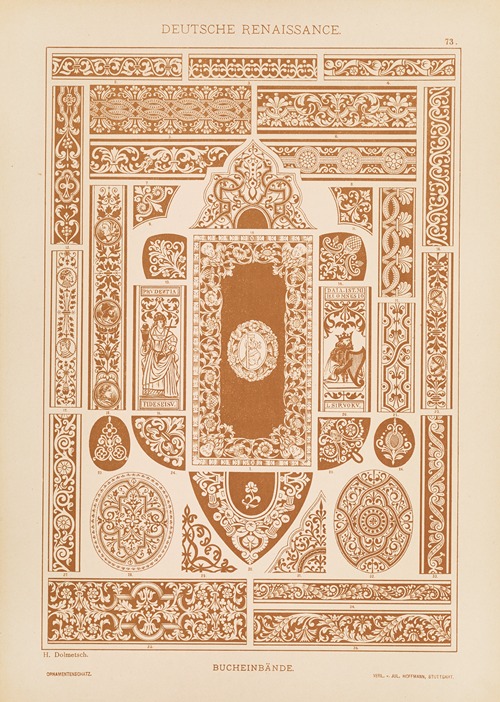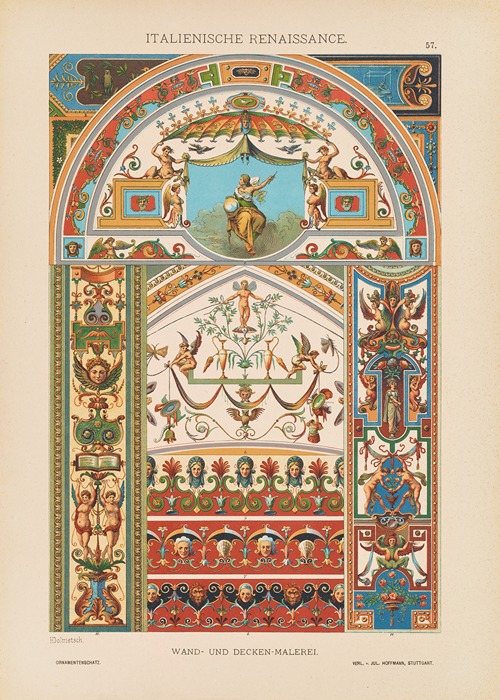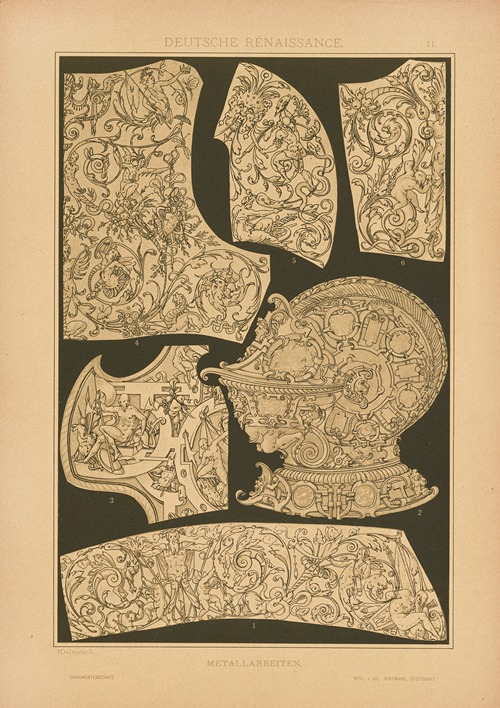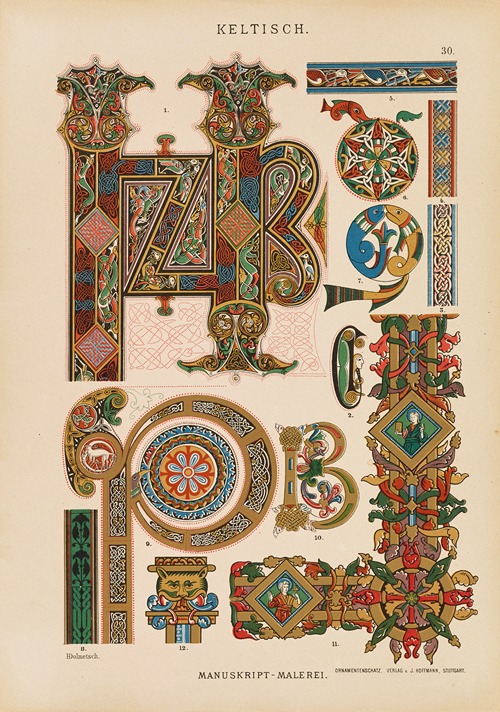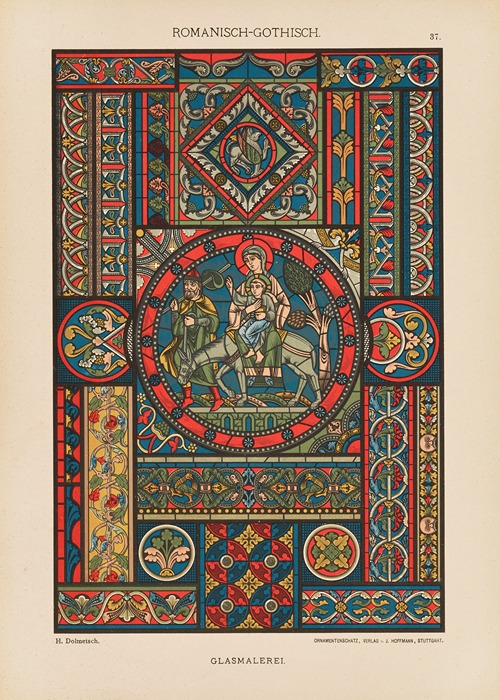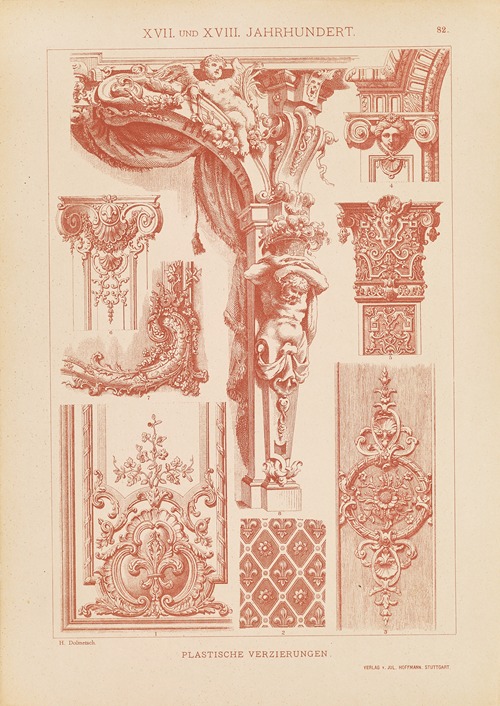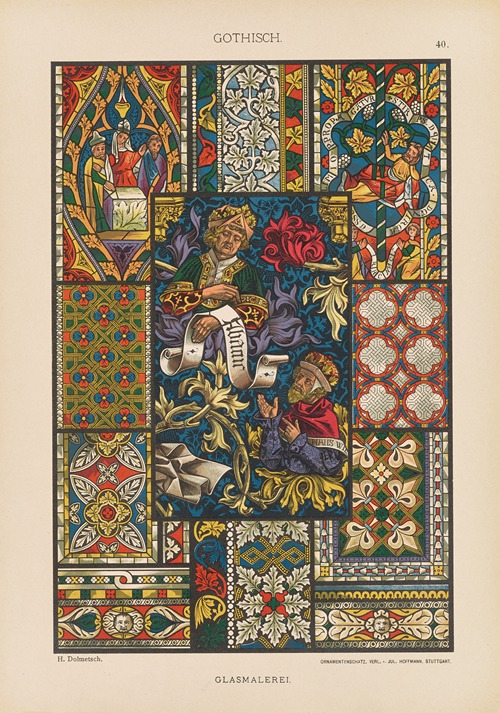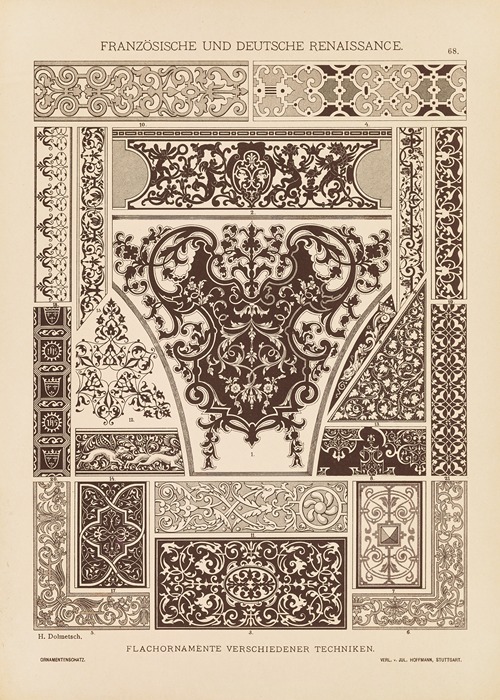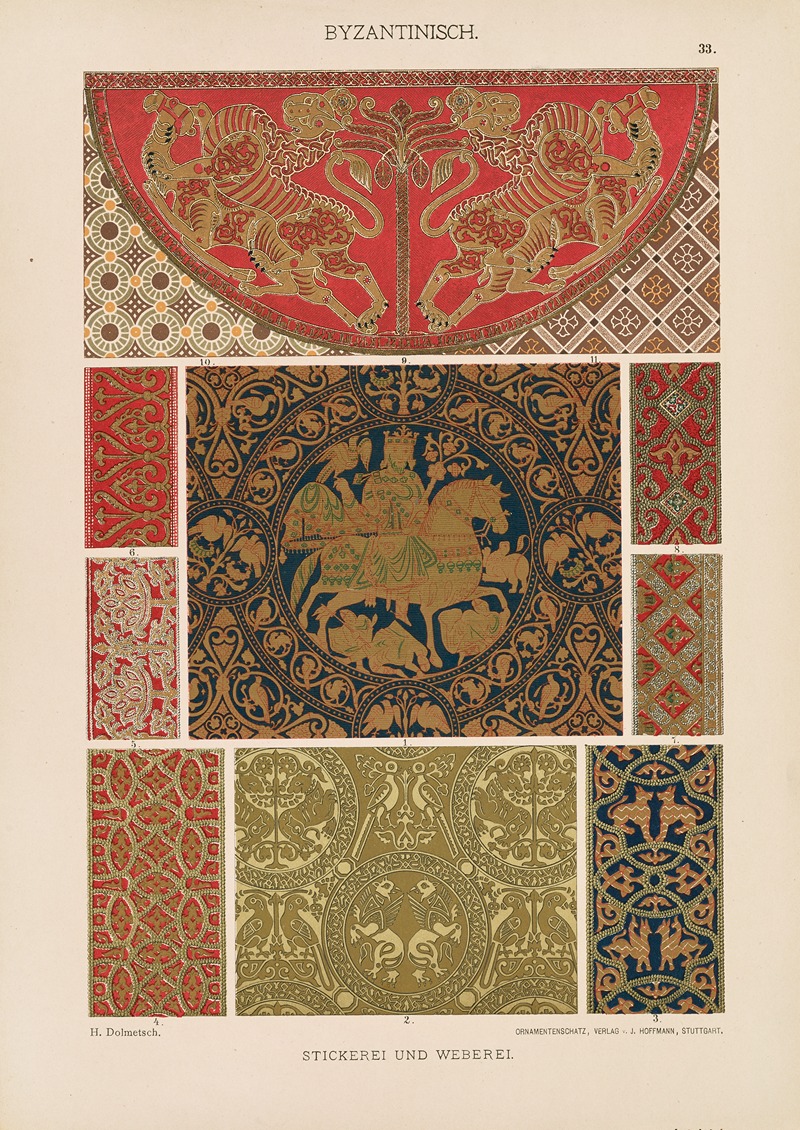

Heinrich Dolmetsch was a German architect who was particularly active in the field of church construction in southwestern Germany. He renovated or restored a large number of churches, built 17 new churches and provided expert opinions on almost 50 other church buildings.
Dolmetsch was the son of the wine innkeeper and baker Zacharias Dolmetsch (1812-1870) and Elisabeth Wagner (1813-1888). He was a cousin of the later Stuttgart city historian Eugen Dolmetsch (1859-1944) and studied at the Stuttgart Polytechnic under Christian Friedrich von Leins. He undertook study trips through the German states as well as to Austria, Italy and France. From the 1874 concluded marriage with Emma Lorenz, the son Theodor (* 1877) emerged, who also pursued the architectural career.
Dolmetsch's work as an architect began with the reconstruction of the Protestant town church of St. Veit in Gaildorf, which had been destroyed by fire in 1868, under the direction of Leins. Inspired by this work, he specialized in the construction, expansion and restoration of church buildings. In the course of his career, he worked on a large number of church buildings throughout Württemberg; only a few secular buildings by him are known. Stylistically, he is classified as a historicist, but occasionally he is also characterized as a Gothic revivalist. At the turn of the 20th century, he turned to Art Nouveau, initially in elements of the furnishings and interior design, as well as in the glazing, and then also in the building structure itself.
In terms of construction, he is credited with building the world's first church tower made of reinforced concrete, the Protestant Church of St. Mark in Stuttgart. He also tried to break new ground in the areas of heating and ventilation for large buildings. Dolmetsch was also active in fields other than architecture, designing a communion cup with a host plate and drawing a book cover.
Due to his extensive experience in church construction, he soon became an expert in acoustics and was often consulted on other construction projects. He developed a wall and ceiling covering using crushed cork to reduce reverberation, for which he received a patent.
Heinrich Dolmetsch died at the age of 62 and was buried on July 27, 1908 at the Pragfriedhof in Stuttgart. Until World War I, his son Theodor Dolmetsch continued to run the architectural office together with Felix Schuster.
Many of Dolmetsch's church buildings were “modernized” in the second half of the 20th century: ornaments and decorations were removed or covered up, and paintings were washed off or painted over. The reasons for this were not only the destruction of the Second World War and a lack of funds, but also the fact that historicism was considered kitsch. It was not until the late 1980s that a change in thinking began to emerge, and people began to see artistic works in the works of this stylistic period. Therefore, some churches were restored as far as possible to the state designed by Dolmetsch, for example the Bonifatius Church in Oberrot.
